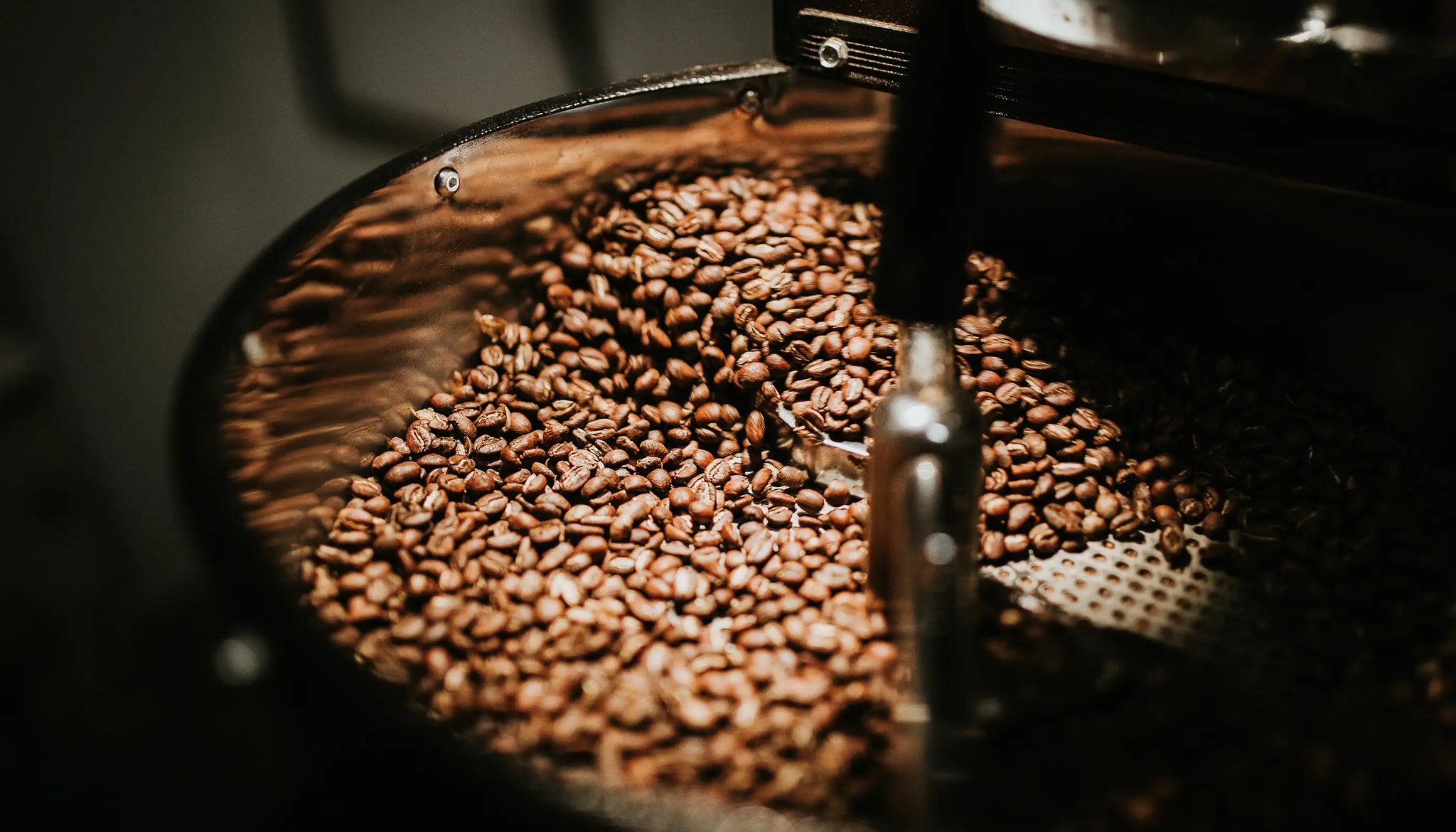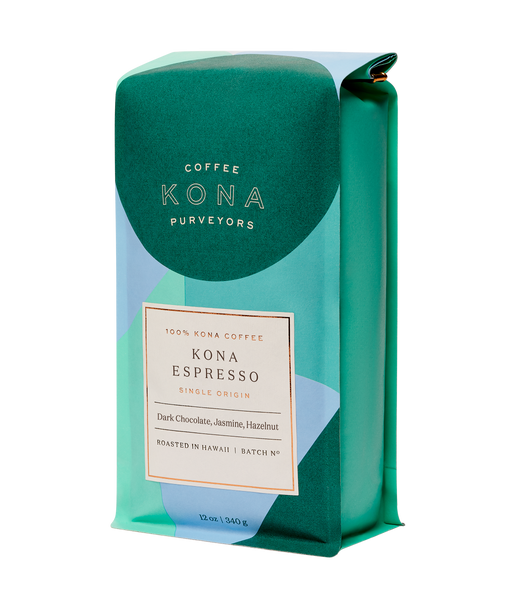SOE Single Origin Espresso – A Perfect Gift for Coffee Aficionados
SOE Single Origin Espresso – A Perfect Gift for Coffee Aficionados
Blog Article
Exploring the Rich Tastes of Coffee Beans: a Deep Dive Into Espresso and Blended Coffee Beans
When you explore the abundant flavors of coffee beans, you reveal an intricate globe where each range brings its own personality to your cup. Recognizing the origins, processing approaches, and toasting techniques can change your coffee experience. As you browse via the art of coffee and the creative thinking behind combined coffees, you'll start to appreciate the subtleties that make each sip special. What you'll find following could alter the way you appreciate your morning brew.
The Beginnings of Coffee Beans: Discovering Terroir and Taste Profiles
When you take a sip of coffee, you're not simply enjoying a beverage; you're experiencing an abundant tapestry of tastes shaped by the beans' origins. Each region produces special flavor profiles influenced by elevation, environment, and soil. Beans from Ethiopia usually break with intense, fruity notes, while those from Colombia often tend to offer a balanced, nutty sweet taste.
As you check out different beginnings, you'll discover just how terroir-- the environmental variables affecting a crop-- plays an essential role - Single Origin Espresso. The exact same coffee selection can taste considerably various depending on where it's expanded
When you consider these elements, you start to value the intricacy behind your cup. Each sip tells a tale of the land and the farmers who supported the beans. Following time you delight, believe regarding the journey your coffee took before it reached your hands, and savor those detailed flavors that reflect its beginning.
Recognizing Espresso: The Art and Science Behind the Brew
When you think regarding espresso, it's not almost the solid flavor; it's additionally concerning the methods that bring it to life. Recognizing how various prep work approaches effect preference can change your brewing experience. Let's check out the complexities of coffee preparation and discover the distinct taste profiles that make each mug unique.
Espresso Prep Work Methods
Coffee preparation is both a scientific research and an art, incorporating specific strategies with a deep understanding of coffee. To begin, you'll desire to select high-quality, newly baked beans and grind them carefully for ideal extraction (Single Origin Espresso). The grind size is important; too coarse, and your espresso will be weak, too fine, and it'll be bitter
The outcome must be a rich, luscious espresso with a stunning layer of crema on top. With practice, you'll grasp these methods.
Flavor Profiles Explained
The world of espresso provides a rich tapestry of flavor profiles that can elevate your coffee experience. Light roasts commonly display brilliant level of acidity and vibrant flavors, while dark roasts existing much deeper, bolder tones.
A well-crafted blend might harmonize the intense notes of an Ethiopian bean with the abundant, chocolatey touches of a Brazilian bean. Embrace the journey of uncovering coffee's diverse tastes, and you'll change your coffee ritual into an exciting journey.
Handling Techniques: Exactly How They Influence Taste and Fragrance
While it could seem that the origin of coffee beans is one of the most considerable aspect in determining their flavor and fragrance, the handling approaches utilized post-harvest play a just as vital role. You'll find that these approaches can considerably modify the final taste profile of your mug.
For instance, the washed process removes the fruit from the beans before fermentation, often causing a cleaner, brighter flavor. At the same time, the natural process leaves the fruit intact throughout drying out, resulting in a sweeter, fruitier account.
Other approaches, like honey handling, strike an equilibrium, enabling some fruit mucilage to continue to be, providing an one-of-a-kind complexity.
Each handling strategy communicates with the beans' intrinsic characteristics, enhancing or silencing particular flavors and aromas. When you drink that coffee or combined coffee, remember that the journey from cherry to cup is influenced not just by origin but also by just how those beans were refined.
Roasting Strategies: Unlocking the Complete Possible of Coffee Beans
Roasting strategies are important for revealing the complete capacity of coffee beans, as they transform raw, environment-friendly beans into the aromatic, savory coffee you take pleasure in. The choice of toasting method-- light, tool, or dark-- substantially affects taste profiles. Light roasts maintain the beans' natural acidity and fruity notes, while tool roasts equilibrium sweetness and richness. Dark roasts, on the various other look these up hand, stress bold, smoky flavors.
You can experiment with toasting temperature levels and times to locate your best mixture. A slower roast at lower temperatures allows for complex tastes to create, while a quicker roast can escalate anger. Take notice of the fractures throughout toasting; the very first fracture shows a light roast, while the second crack signals a dark roast. By mastering these methods, you'll disclose a globe of taste, boosting your coffee experience to brand-new elevations. Appreciate every sip, recognizing the treatment that entered into your mug!
The Magic of Blended Coffee: Developing Special Taste Experiences
Developing an unique taste experience with mixed coffee can transform your morning routine into an expedition of taste. By combining various beans from different regions, you can reveal a harmony of tastes that raise your cup to new elevations. Each mix deals an unique profile, balancing acidity, sweetness, and body to develop something absolutely unique.
When you pick a blend, you're not simply choosing a coffee; you're choosing a trip website link across diverse landscapes and cultures. Trying out with various combinations allows you to uncover your individual faves, whether you take pleasure in fruity notes or abundant, chocolatey touches.

Tasting Notes: Acknowledging the Nuances in Your Mug
As you sip your coffee, you could observe a range of tastes dancing on your palate, each exposing the intricacies of the beans. You may taste the brilliant level of acidity evocative citrus or the deep, abundant notes akin to dark chocolate. The sweetness might stimulate honey or sugar, stabilizing the overall profile perfectly.
Take note of the body of the coffee-- does it feel light and airy, or is it complete and creamy? The surface, also, offers clues; a remaining aftertaste might hint at nuttiness or flower undertones.

Do not neglect to check out the one-of-a-kind characteristics of different beginnings, as each area imparts distinct flavors - Single Origin Espresso. For instance, Ethiopian coffees commonly existing fruity notes, while Colombian beans could display a much more spherical sweet taste. By identifying these nuances, you'll deepen your recognition for every cup, boosting your coffee experience to new heights
Brewing Approaches: Maximizing Taste Removal for each Bean
When you check out the different developing approaches, you'll find that each strategy can significantly impact the taste account of your coffee. From French press to pour-over, each approach removes various substances, improving or silencing certain notes. For example, using a French press permits oils to continue to be in the mixture, developing a richer taste, while pour-over stresses my response quality and brightness.
Temperature level and grind size additionally play necessary roles. A coarser work works best for cool brews, while a great grind is optimal for espresso. Try out water temperature level-- between 195 ° F and 205 ° F-- can reveal surprise flavors, as well.
Don't forget concerning steeping time; a fast extraction can lead to sour notes, while over-extraction might produce anger. By changing these variables, you can optimize flavor extraction and truly elevate your coffee experience. Appreciate the journey of uncovering what approach best fits your taste buds!
Regularly Asked Questions
What Is the Suitable Water Temperature Level for Developing Coffee?
The optimal water temperature level for developing coffee's between 195 ° F and 205 ° F. If you utilize water that's as well warm, you'll over-extract tastes; too cold, and you will not remove enough. Objective for that wonderful place for the best mixture!
Just How Does Grind Dimension Affect Coffee Flavor?
Grind dimension considerably impacts coffee taste. Finer grinds essence extra oils and flavors, leading to a bolder preference, while coarser grinds return a lighter flavor. Readjusting grind dimension aids you accomplish your desired coffee account.
Are There Health And Wellness Perks Related To Alcohol Consumption Coffee?

What Is the Difference Between Arabica and Robusta Beans?
Arabica beans are smoother and sweeter, usually including fruity flavors, while robusta beans are stronger with a bitter preference and higher caffeine web content. You'll see these distinctions in fragrance and developing experience.
Just How Can I Store Coffee Beans for Freshness?
To keep coffee beans for quality, maintain them in an impermeable container, far from heat, light, and moisture. You'll maintain their flavor much longer if you just grind what you require right before brewing.
Discovering the Rich Tastes of Coffee Beans: a Deep Dive Into Espresso and Blended Coffee Beans.
When you discover the abundant flavors of coffee beans, you discover a complicated world where each range brings its own personality to your cup.When you take a sip of coffee, you're not simply appreciating a drink; you're experiencing an abundant tapestry of flavors formed by the beans' origins.Roasting methods are necessary for revealing the complete potential of coffee beans, as they change raw, green beans right into the aromatic, delicious coffee you delight in.As you drink your coffee, you might observe a spectrum of tastes dancing on your palate, each disclosing the complexities of the beans.
Report this page